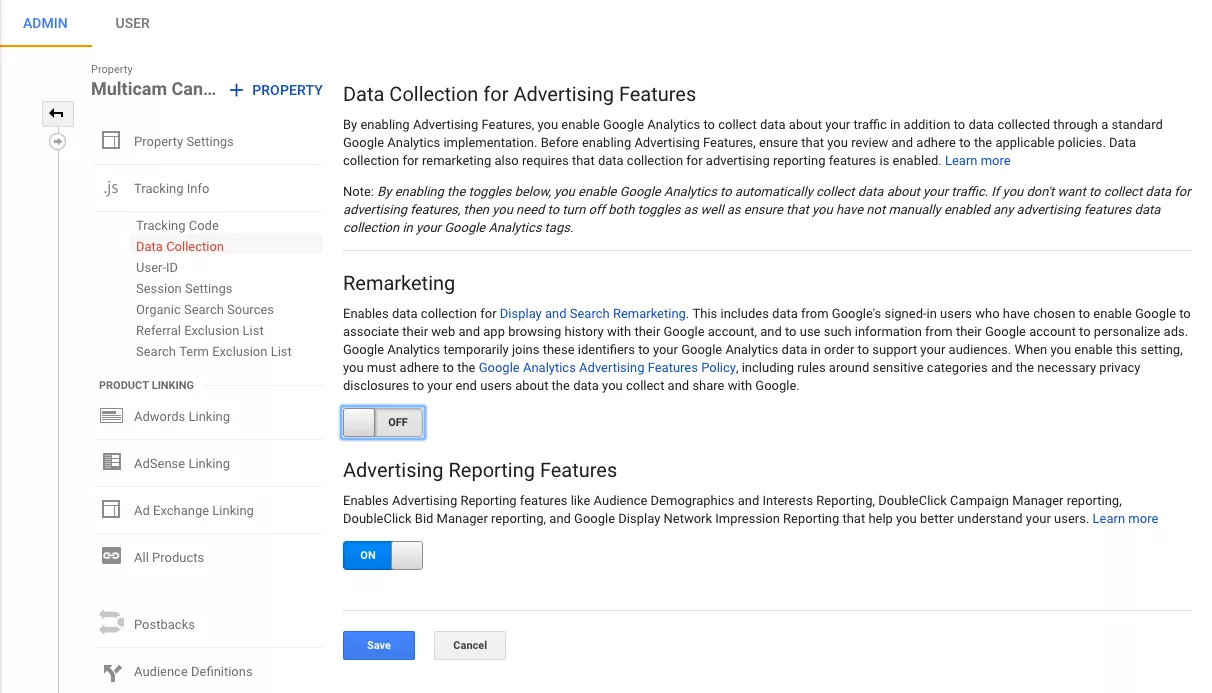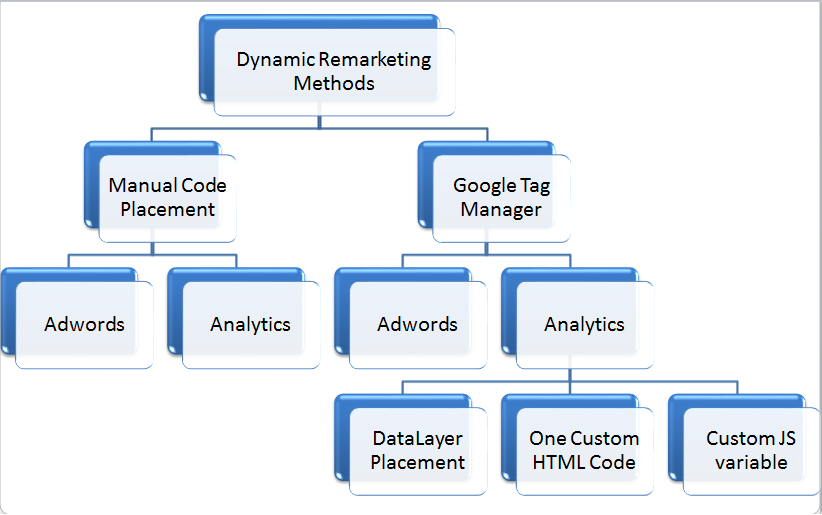Advanced Techniques for Remarketing In Google Analytics
Advanced Techniques for Remarketing In Google Analytics
Blog Article
Maximize Your ROI With Remarketing in Google Analytics
In the world of digital marketing, the use of remarketing methods within Google Analytics has proven to be a powerful device for boosting return on investment. By harnessing the power of customer data and tailoring ads to details audience sections, businesses can significantly enhance their conversion prices. Nonetheless, the genuine crucial hinge on the art of accuracy - understanding individual actions, crafting engaging advertisements, and continually refining approaches to drive ideal outcomes. The trip to optimizing ROI through remarketing is a nuanced path led with understandings and possibilities that can reshape the trajectory of your advertising and marketing endeavors.
Comprehending Remarketing in Google Analytics
Comprehending remarketing in Google Analytics is necessary for optimizing your digital advertising technique. Remarketing allows you to target customers that have previously seen your web site or communicated with your application, offering them with tailored advertisements as they browse other websites or make use of other apps within the Google Display Network. This strategy assists keep your brand name top of mind and encourages customers to return to your website, ultimately enhancing the likelihood of conversion.
By making use of Google Analytics, you can track the efficiency of your remarketing campaigns, getting useful understandings right into customer habits, engagement, and conversions. This information enables you to fine-tune your messaging, bidding, and targeting methods to enhance the total efficiency of your campaigns.
Additionally, understanding the various types of remarketing checklists readily available in Google Analytics, such as common, dynamic, and similar audiences, allows you to develop customized and extremely segmented projects customized to specific individual segments. This degree of granularity can dramatically boost the importance and influence of your remarketing efforts, ultimately maximizing your roi.
Establishing Up Remarketing Listings
To properly implement remarketing campaigns in Google Analytics, the first action includes developing and configuring remarketing checklists targeting details customer sectors based upon their interactions with your website or app. By setting up remarketing checklists, you can customize your marketing efforts to get to customers that have already revealed interest in your product and services.
To begin, navigate to the Admin section of your Google Analytics account and select the Building where you wish to produce the remarketing list. Then, under the Building column, click on 'Audience Definitions' and select 'Target markets.' Next, click on the red 'New Target market' button and pick 'Produce New' to define the parameters for your remarketing listing.

Crafting Efficient Remarketing Ads

When crafting your advertisements, focus on producing eye-catching headings and engaging visuals that attract attention to possible clients. Integrate strong calls-to-action that encourage customers to review your website and finish a preferred action. Utilize vibrant remarketing to show customized advertisements featuring items or solutions that customers have previously seen on your website.
In addition, make sure that your advertisements are mobile-friendly because Get More Info a substantial part of web website traffic originates from smart phones. Examination different advertisement variants to identify which messages and layouts drive the very best outcomes. By constantly refining and maximizing your remarketing ads based upon efficiency data, you can maximize their efficiency and boost your roi.
Studying Remarketing Performance

Via Google Analytics, marketing professionals can track the performance of their remarketing projects in real-time, allowing them to determine fads, patterns, and areas for enhancement immediately. By analyzing the find more data, marketing professionals can identify which ads are executing well, which target market segments are reacting favorably, and which networks are driving one of the most conversions. This degree of granularity allows marketers to make data-driven decisions to optimize their remarketing projects for much better outcomes.
Optimizing ROI With Remarketing
Evaluating remarketing information in Google Analytics allows marketers to determine opportunities for optimizing return on financial investment (ROI) with tactical adjustments - What Is “Remarketing” In Google Analytics?. To take full advantage of ROI with remarketing, it is crucial to understand the behavior of your audience. By assessing individual interactions, such as the web pages they saw, the products they viewed, or the activities they took on your site, you can customize your remarketing campaigns a lot more efficiently
Segmenting your audience based on their habits permits you to create personalized and targeted advertisements that are more probable to resonate with them. By showing pertinent ads to details segments of your target market, you can raise the opportunities of conversion and ultimately enhance your ROI.
Additionally, checking different advertisement creatives, messaging, and offers can aid determine what resonates ideal with your target market. A/B testing allows you to try out various aspects of your advertisements to determine what drives the greatest interaction and conversion rates.
Final Thought
In final thought, taking full advantage of ROI with remarketing in Google Analytics calls for a critical strategy to examining individual habits, segmenting audiences, creating tailored advertisements, and maximizing campaign efficiency. By leveraging data-driven insights and evaluating various strategies, organizations can boost their remarketing initiatives to drive greater engagement and conversion rates. This organized technique guarantees that resources are effectively assigned towards maximizing returns on investment in remarketing campaigns.
Next off, click on the red 'New Audience' button and select 'Develop New' to specify the criteria for your remarketing checklist.
By continually refining and optimizing your remarketing advertisements based on performance data, you can optimize their performance and boost your return on investment.
By delving right into these understandings, online marketers can get a detailed understanding of exactly how their remarketing efforts are reverberating with their target audience and driving conversions. To optimize ROI with remarketing, it is crucial to recognize the behavior of your target market.In conclusion, maximizing ROI with remarketing in Google Analytics requires a tactical approach to assessing user habits, segmenting target markets, producing tailored ads, and enhancing campaign efficiency.
Report this page